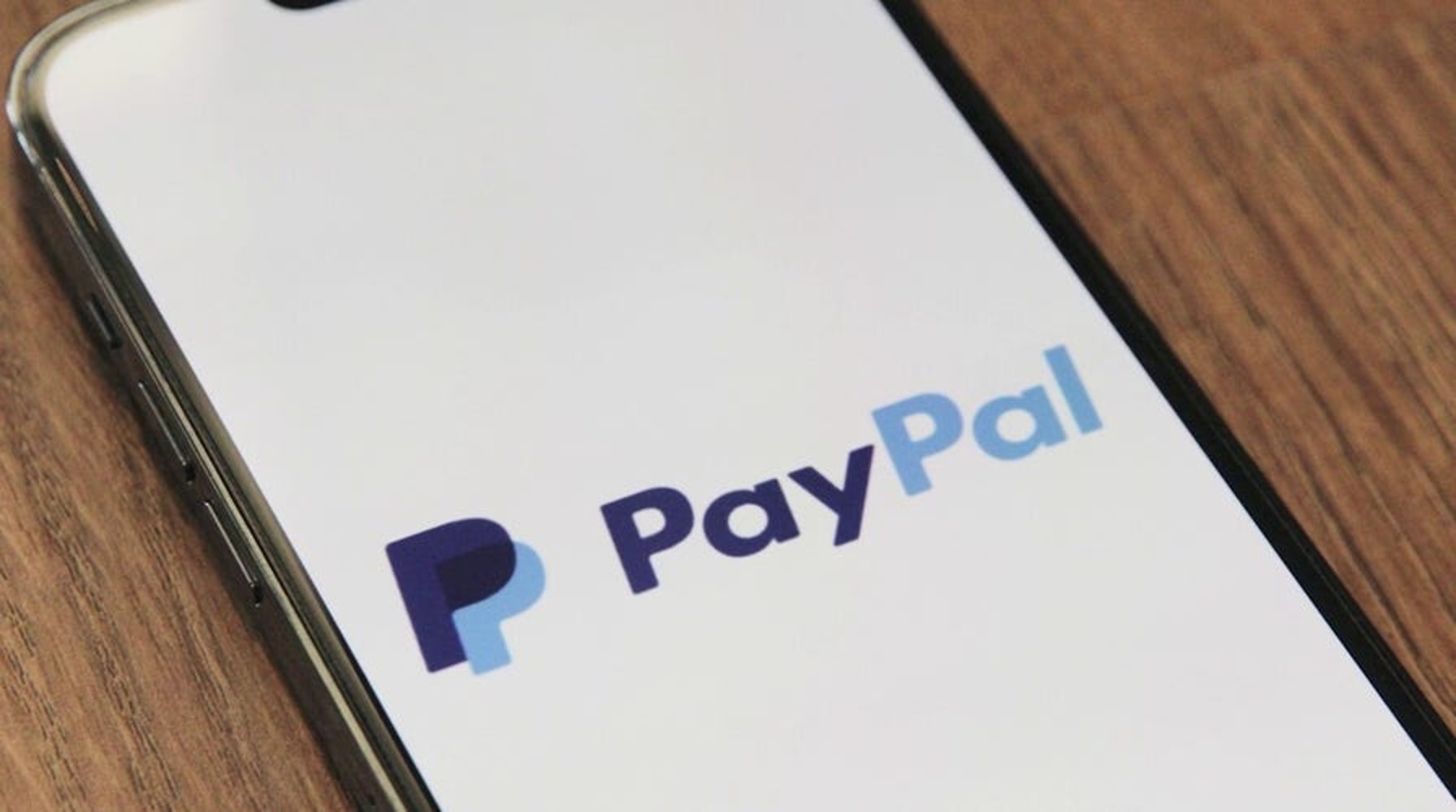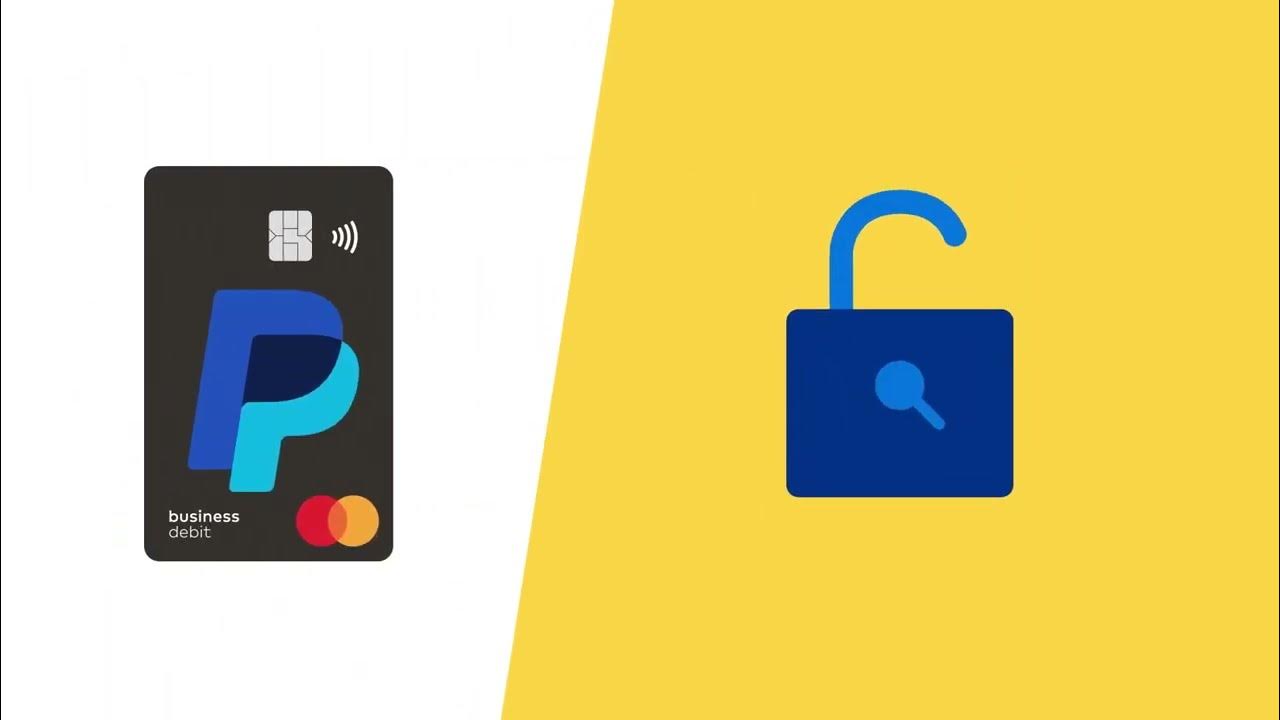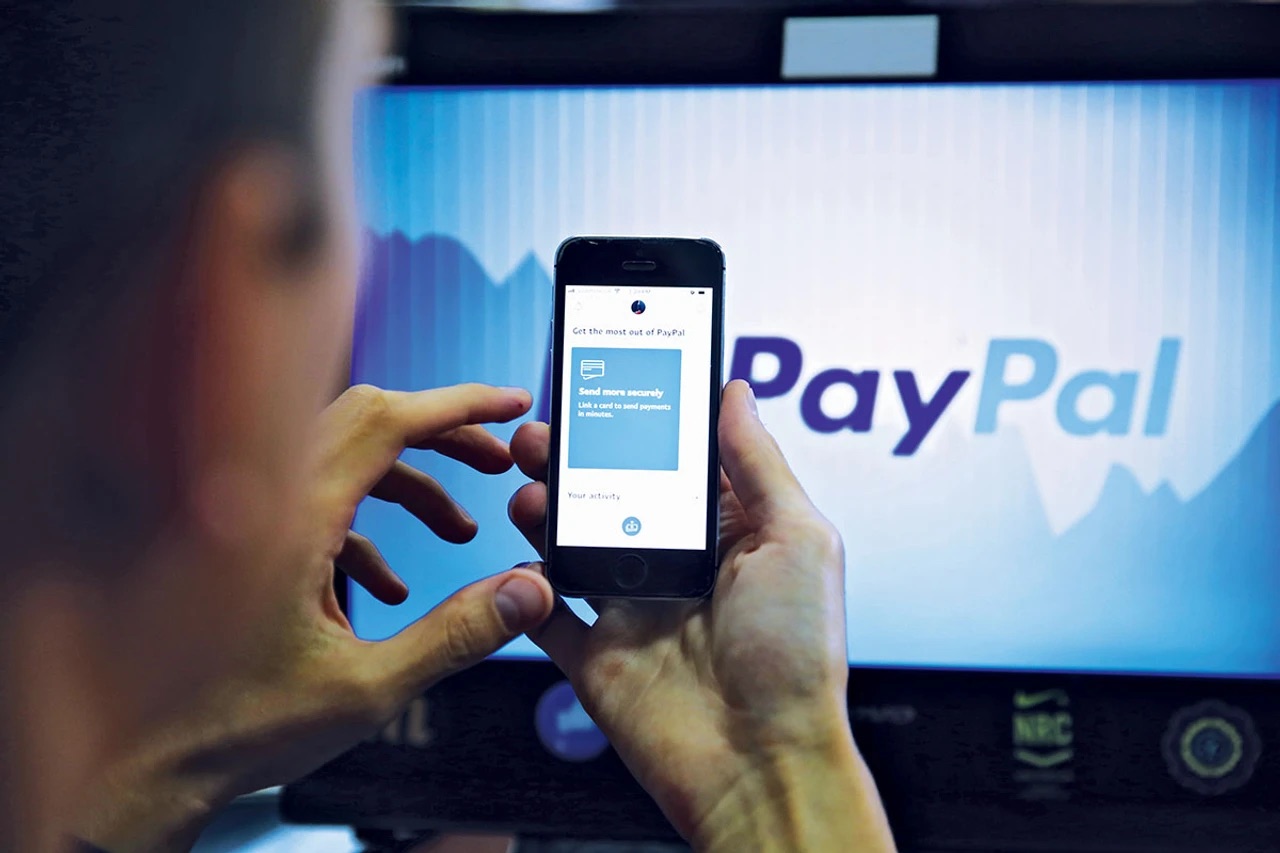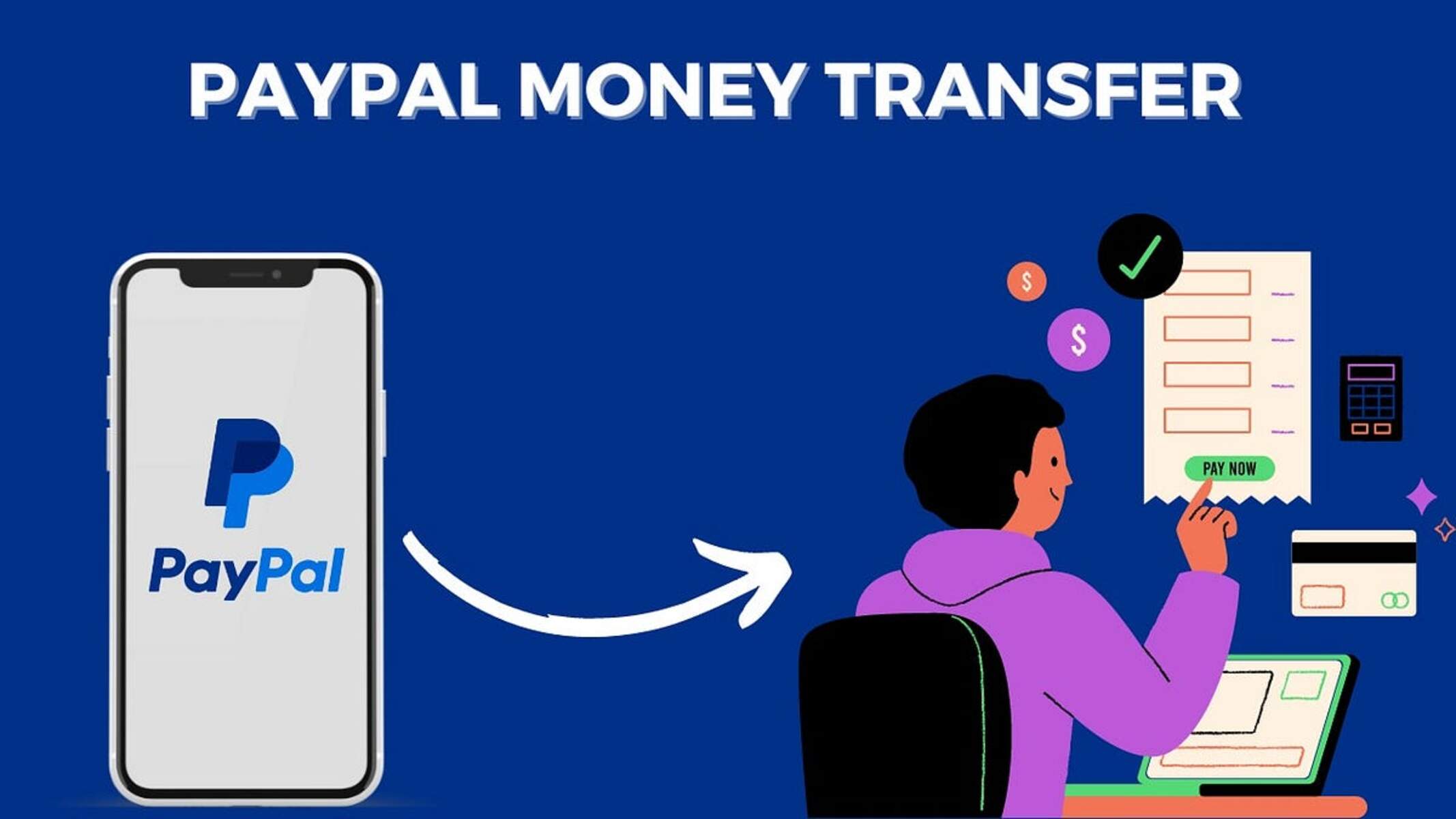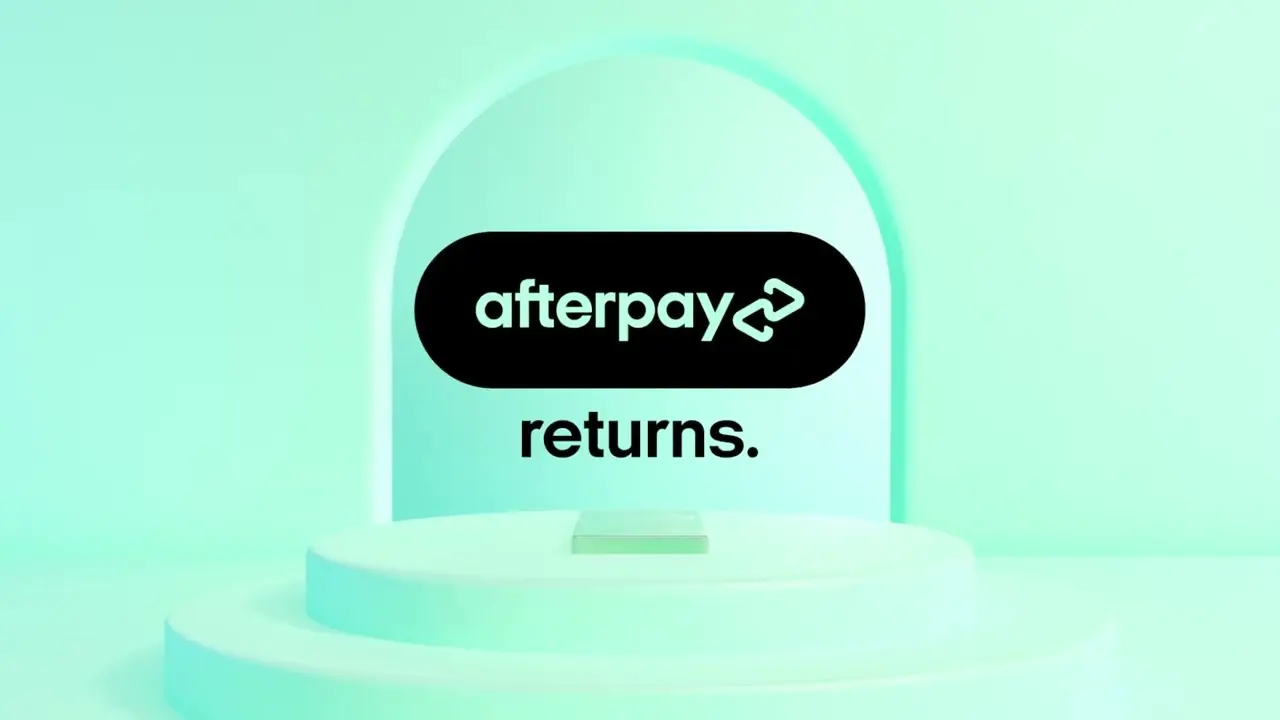What is PayPal Authorization In Progress
PayPal is a widely used online payment platform that allows users to make transactions securely and conveniently. However, you may occasionally encounter the status “Authorization In Progress” when making a payment. This status indicates that PayPal is conducting a review or verification process before completing the transaction. During this time, the funds are temporarily placed on hold.
When you see “Authorization In Progress,” it means that PayPal is in the process of verifying the transaction details to ensure the security and integrity of the payment. They may be checking for potential fraud, insufficient funds, or other factors that could pose a risk to either the buyer or the seller.
During the authorization period, the funds are not available to the recipient, and the payment is not yet finalized. This status is not unique to PayPal alone; it is a standard practice in the online payment industry to ensure the safety of transactions for both parties involved.
It’s important to understand that PayPal’s “Authorization In Progress” status is different from a pending payment. A pending payment typically occurs when you have initiated a payment that is still being processed by PayPal. On the other hand, “Authorization In Progress” specifically refers to a review process before the funds are released.
Now that we have a better understanding of what “Authorization In Progress” means, let’s dive into why PayPal puts payments on hold and how long you can expect this status to last.
Why Does PayPal Put Payments on Hold
Have you ever wondered why PayPal puts payments on hold and what factors contribute to this process? Understanding the reasons behind PayPal’s decision to hold payments can help you maintain transparency and ensure a smooth payment experience.
1. Risk Management: PayPal’s top priority is to safeguard its users from fraudulent activities. To mitigate potential risks, PayPal conducts a thorough review of certain transactions. This can include analyzing factors such as transaction amounts, payment patterns, and buyer and seller histories. If a payment is flagged as high-risk, PayPal may temporarily hold the funds until the review process is complete.
2. Seller Protection: PayPal also puts payments on hold to protect sellers from unauthorized or fraudulent transactions. By holding the funds, PayPal can ensure that the buyer is legitimate and the transaction is valid. This gives sellers peace of mind knowing that they won’t be left empty-handed due to fraudulent buyers or unauthorized transactions.
3. Buyer Protection: On the other hand, PayPal’s payment hold policy also benefits buyers by providing an added layer of protection. If a buyer encounters an issue with a transaction, such as non-delivery of goods or a dispute with the seller, the funds held by PayPal can be used to facilitate a resolution and potential refund to the buyer.
4. Compliance with Regulations: PayPal operates in various countries and must comply with different financial regulations and laws. As part of this compliance, PayPal may conduct additional checks and reviews on certain transactions, leading to payment holds. These reviews are necessary to ensure adherence to anti-money laundering and anti-fraud regulations.
5. Inconsistent Seller Performance: If a seller’s account shows signs of inconsistent performance, such as a high volume of disputes or complaints from buyers, PayPal may put payments on hold to protect other users from potential risks. This measure helps maintain a safe marketplace for both buyers and sellers.
It is important to note that not all payments will be put on hold. Most transactions go through smoothly without any delays or holds. However, for certain transactions that trigger these risk management protocols or fall under specific criteria, PayPal will initiate the payment hold to ensure a secure and reliable payment process.
In the next section, we will explore how long you can expect the PayPal “Authorization In Progress” status to last and what factors can affect its duration.
How Long Does PayPal Authorization In Progress Last
The duration of the “Authorization In Progress” status on PayPal can vary depending on several factors. While there is no fixed timeframe for how long the authorization process will last, it typically ranges from a few hours to a few days. However, in some cases, it may take longer.
1. Transaction Complexity: The complexity of the transaction can influence the duration of the authorization process. More complex transactions, such as high-value purchases or international transactions, may require additional scrutiny and verification. This can result in a longer authorization period.
2. Seller’s Reputation: If the seller has a solid reputation and has successfully processed many transactions in the past without any issues, the authorization process might be faster. PayPal might have already established trust with the seller, leading to a quicker review and release of funds.
3. Buyer’s Account Activity: If the buyer’s PayPal account is new or has a history of suspicious activity, PayPal may take extra caution and hold the funds for a longer duration. This is to protect both the buyer and the seller from potential fraud or unauthorized transactions.
4. Compliance Checks: As part of its risk management protocols, PayPal may need to perform additional compliance checks on certain transactions. This can include verifying the buyer’s identity or conducting anti-fraud measures. These checks can result in a longer authorization period.
It’s important to note that while PayPal strives to complete the authorization process as quickly as possible, there may be external factors that can cause delays. These can include high transaction volumes, weekends, or holidays, which can impact the processing time.
If you are experiencing a delay in the “Authorization In Progress” status, it is recommended to monitor the transaction status regularly. PayPal will provide updates on the progress of the review process, and you can check the status in your PayPal account.
In the next section, we will explore the factors that can affect the duration of the PayPal “Authorization In Progress” status in more detail.
Factors That Affect the Duration of PayPal Authorization In Progress
Several factors can impact the duration of the “Authorization In Progress” status on PayPal. Understanding these factors can give you an insight into why the process may take longer in certain cases. Here are some key factors to consider:
1. Transaction Amount: The amount of the transaction can influence the duration of the authorization process. Higher-value transactions may require more thorough scrutiny to ensure the legitimacy of the payment. Consequently, PayPal may take longer to complete the necessary security checks before releasing the funds.
2. Seller History and Reputation: PayPal considers the history and reputation of the seller when reviewing transactions. Established and trusted sellers with a good track record of successful transactions may experience shorter authorization periods. PayPal may have already verified the seller’s credentials and established a level of trust, resulting in a quicker release of funds.
3. Buyer Account Activity: If the buyer’s account exhibits suspicious or unusual activity, PayPal may extend the authorization period. This is done to safeguard against potential fraud or unauthorized transactions. Newer accounts, with little transaction history, may also undergo additional scrutiny, leading to longer authorization periods.
4. International Transactions: International transactions often involve additional complexities, such as currency conversion and compliance with local regulations. PayPal may need to conduct more extensive verifications, which can prolong the authorization process. The duration may vary depending on the countries involved and the specific requirements for those regions.
5. Compliance and Security Checks: PayPal prioritizes the security of its users. Compliance checks, including identity verification and anti-fraud measures, play a significant role in the authorization process. In some cases, additional checks may be required due to factors such as transaction patterns, potential risk indicators, or regulatory requirements. These checks can contribute to delays in the authorization process.
It is important to note that while these factors influence the duration of the authorization process, PayPal strives to complete the review as quickly as possible. However, the complexity and unique circumstances of each transaction can impact the processing time. It is advisable to regularly check the status of your transaction through your PayPal account for updates on the progress of the authorization process.
In the next section, we will explore how you can check the status of the PayPal “Authorization In Progress” and what steps to take if the process takes longer than expected.
How to Check the Status of PayPal Authorization
If you are wondering how to check the status of a PayPal authorization, you’ll be pleased to know that PayPal provides a simple and convenient way to do so. By following these steps, you can stay updated on the progress of your authorization:
1. Log in to Your PayPal Account: Visit the official PayPal website and log in to your account using your username and password.
2. Go to Your Activity Page: Once you are logged in, navigate to the “Activity” or “Summary” page in your PayPal account. This page provides a comprehensive overview of all your recent transactions and their status.
3. Locate the Transaction: Look for the specific transaction for which you want to check the authorization status. You can search by date, recipient, or transaction amount to quickly find the relevant transaction.
4. Review the Transaction Details: Click on the transaction to view its details. In this section, you will find information such as the transaction status, any notes or updates from PayPal, and the current status of the authorization process.
5. Look for “Authorization In Progress”: If the transaction is still undergoing the authorization process, you will see a status similar to “Authorization In Progress” or “Payment Authorization Pending.” This indicates that PayPal is still reviewing the transaction and that the funds are temporarily on hold.
6. Check for Updates: PayPal often provides updates on the progress of the authorization process. These updates may include estimated completion times or any additional actions required from you or the other party involved in the transaction. Make sure to read any updates carefully for the most up-to-date information.
By following these steps and regularly checking the activity page of your PayPal account, you can easily track the status of your authorization. This allows you to stay informed about the progress of your transaction and any actions you may need to take.
In the next section, we will discuss what to do if the PayPal “Authorization In Progress” takes longer than expected and how to resolve any issues that may arise.
What to Do If PayPal Authorization In Progress Takes Longer Than Expected
If you find that the PayPal “Authorization In Progress” status is taking longer than you anticipated, there are a few steps you can take to address the situation and potentially expedite the process:
1. Monitor the Status: Firstly, continue to regularly check the status of the transaction through your PayPal account. PayPal may provide updates or instructions that can help clarify the reason for the delay or any additional actions required from you.
2. Contact PayPal Support: If the authorization process is significantly delayed or if you have any concerns, it can be helpful to reach out to PayPal support. You can contact their customer service directly through phone, email, or chat to inquire about the status and seek assistance in resolving any issues.
3. Communicate with the Seller/Buyer: If you are the buyer or the seller in the transaction, it’s a good idea to communicate with the other party involved. Discuss the situation openly and make sure both parties are aware of the status and any updates provided by PayPal. This can help maintain transparency and understanding during the process.
4. Provide Necessary Documentation: In some cases, PayPal may require additional documentation or information to complete the authorization process. If you receive any requests from PayPal, respond promptly and provide the necessary documents or details to facilitate the review. This can help speed up the process and ensure a smoother resolution.
5. Be Patient: While it can be frustrating to experience delays in the authorization process, it’s important to remain patient. Keep in mind that PayPal’s main priority is to ensure the security and integrity of transactions. The additional checks and reviews are in place to protect all parties involved. Trust that PayPal is working diligently to resolve the authorization and release the funds as soon as possible.
By following these steps and taking proactive measures, you can help address any delays in the PayPal “Authorization In Progress” status. Remember to stay in contact with PayPal, the other party in the transaction, and remain patient throughout the process.
In the next section, we will address the question of whether the PayPal “Authorization In Progress” status is the same as a pending payment.
Is PayPal Authorization In Progress the Same as a Pending Payment
Although the terms “Authorization In Progress” and “Pending Payment” may seem similar, they refer to different stages in the PayPal payment process. Understanding the distinction between these statuses can help clarify the current state of your payment. Here is how they differ:
1. Authorization In Progress: When you see the status “Authorization In Progress,” it means that PayPal is currently reviewing and verifying the transaction details. During this time, the funds associated with the payment are temporarily placed on hold. The purpose of this authorization process is to ensure the security and legitimacy of the transaction before the payment is completed. Once the authorization is complete, the funds will be released, and the payment will be finalized.
2. Pending Payment: On the other hand, a “Pending Payment” status indicates that the payment has been initiated but is still being processed by PayPal. This could occur when the payment is made through an eCheck, using a bank account, or when there is a delay in the payment completion due to a temporary issue, such as network connectivity. A pending payment may also be displayed when the recipient is required to take action, like confirming their PayPal email address, before the payment is processed.
It’s important to note that while an “Authorization In Progress” status implies that additional review and verification is needed before releasing the funds, a “Pending Payment” status indicates that the payment itself is still being processed. In both cases, the payment is not yet finalized, and the funds are not available to the recipient until the process is completed.
If you encounter either of these statuses, it is recommended to monitor the transaction carefully and stay updated through your PayPal account. PayPal will provide updates on the progress and any necessary actions required from you or the other party involved in the payment.
In the next section, we will address the question of whether you can cancel a PayPal authorization in progress.
Can You Cancel PayPal Authorization In Progress
Canceling a PayPal authorization that is in progress may not be possible in all cases. The ability to cancel the authorization depends on various factors, such as the specific details of the transaction and the stage of the authorization process. Here are some key points to consider:
1. Transaction Status: If the transaction is still in the “Authorization In Progress” status, it may be possible to cancel the authorization. In this case, you should contact PayPal customer support and provide the necessary information to request the cancellation. PayPal will assess the situation and determine if cancellation is feasible based on their policies and the specific circumstances.
2. Release of Funds: Once the authorization process is complete, and the payment is finalized, the funds will be released to the recipient. At this point, it may not be possible to cancel the transaction unless there is a valid reason for a refund or dispute. In such cases, it is important to follow PayPal’s standard procedures for resolving disputes or obtaining a refund.
3. Buyer Protection: If you are the buyer in the transaction and encounter any issues with the purchase, such as non-delivery of goods or misrepresentation, it is advisable to file a dispute through PayPal’s Resolution Center. This allows PayPal to mediate the situation and determine the appropriate course of action, which may include canceling the transaction and refunding the buyer.
4. Seller Cooperation: If you are the seller and the buyer requests to cancel the authorization, it is important to consider the buyer’s reasons and work cooperatively to resolve the issue. Communicate openly with the buyer and, if necessary, initiate the refund process through PayPal to ensure a fair resolution.
While the cancellation of a PayPal authorization in progress may not always be feasible, it is essential to communicate with PayPal and, if necessary, follow their established procedures for disputes and refunds. PayPal’s customer support is available to assist with any inquiries or issues you may encounter during the authorization process.
In the next section, we will wrap up the article by summarizing the key points discussed regarding PayPal authorization in progress.
Conclusion
PayPal’s “Authorization In Progress” status is a part of their review and verification process to ensure secure and reliable transactions. During this period, funds associated with the payment are temporarily placed on hold while PayPal conducts necessary checks. The duration of the authorization process can vary, depending on factors such as transaction complexity, seller reputation, compliance checks, and more.
If the authorization process takes longer than expected, it is recommended to monitor the status regularly through your PayPal account and contact their customer support for assistance. Communication with the other party involved in the transaction is also crucial to maintain transparency and understanding throughout the process.
While a “Pending Payment” status signifies that the payment is still being processed, “Authorization In Progress” indicates that PayPal is reviewing the transaction specifically for security and legitimacy. These are two distinct stages in the payment process.
Cancellation of an authorization in progress may or may not be possible, depending on the stage of the transaction and PayPal’s policies. If issues arise, buyers can file disputes through PayPal’s Resolution Center, and sellers should consider cooperation to resolve any concerns.
It is essential to keep in mind that PayPal prioritizes the safety and integrity of transactions, and the authorization process is in place to protect both buyers and sellers. Patience and understanding are key when encountering delays in the authorization process.
By understanding the nuances of PayPal’s authorization process, checking the status regularly, and following the appropriate steps when needed, you can navigate the “Authorization In Progress” status confidently and ensure a smooth payment experience.
Now that you have a better understanding of PayPal authorization in progress, you can proceed with your transactions while being knowledgeable and prepared for any potential delays or issues that may arise along the way.









